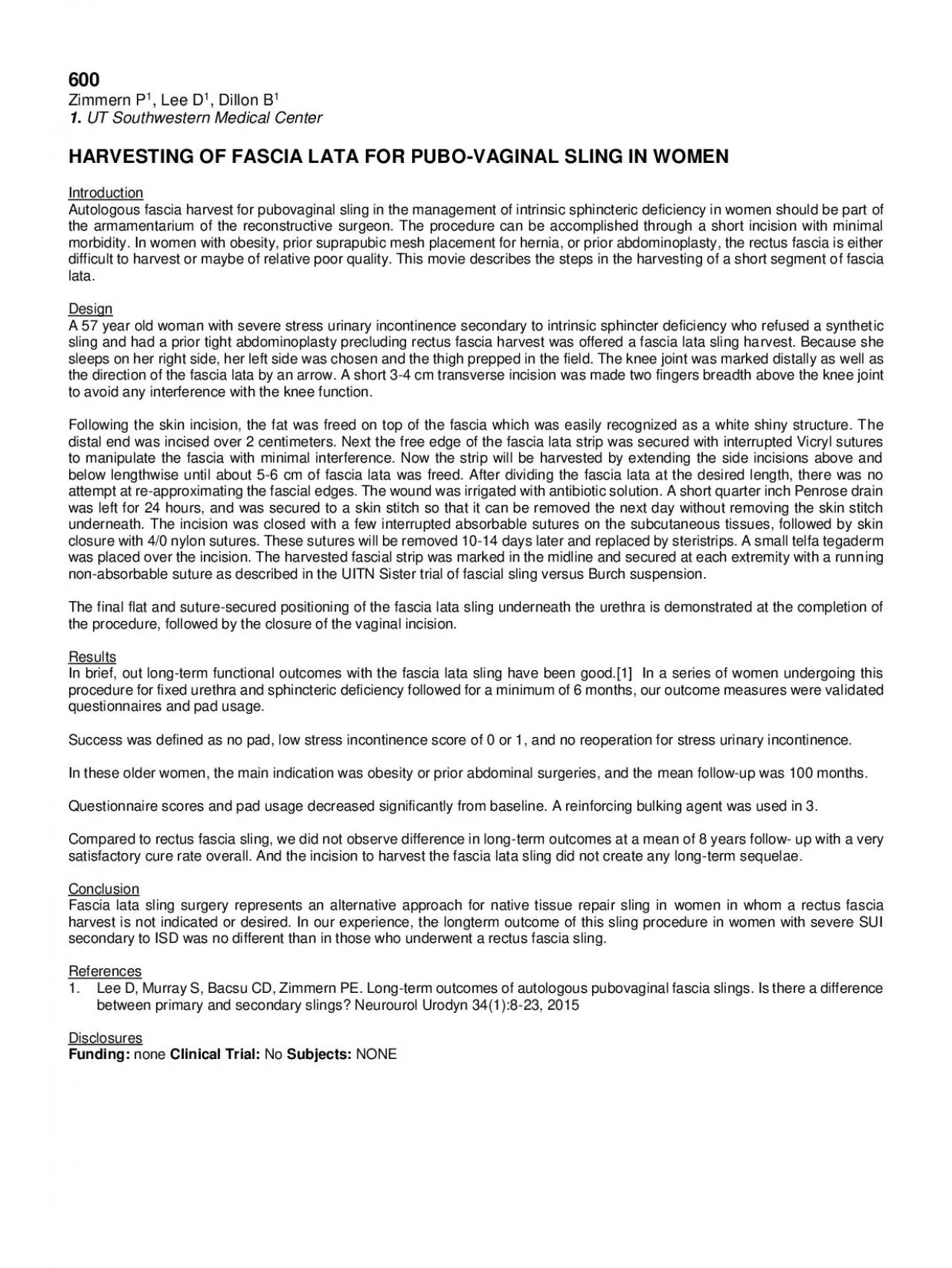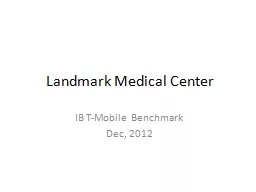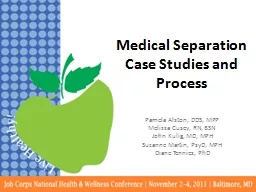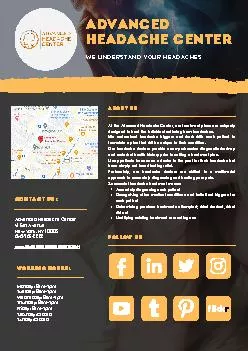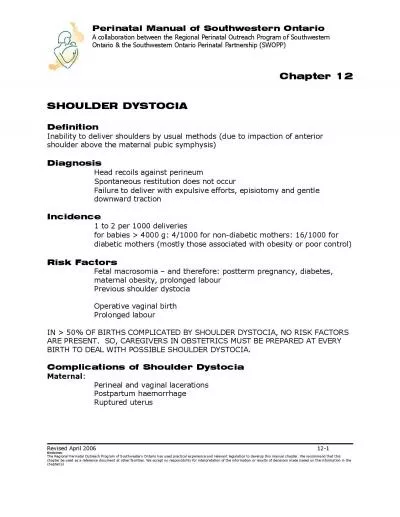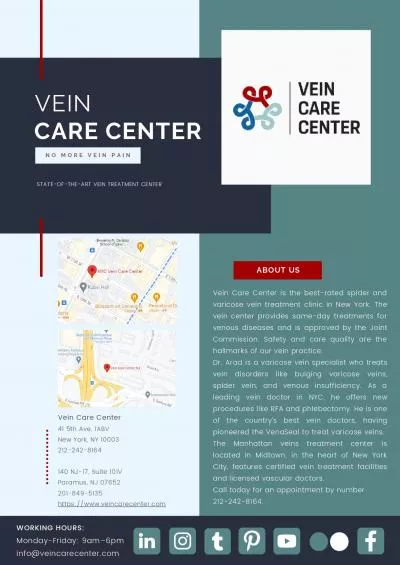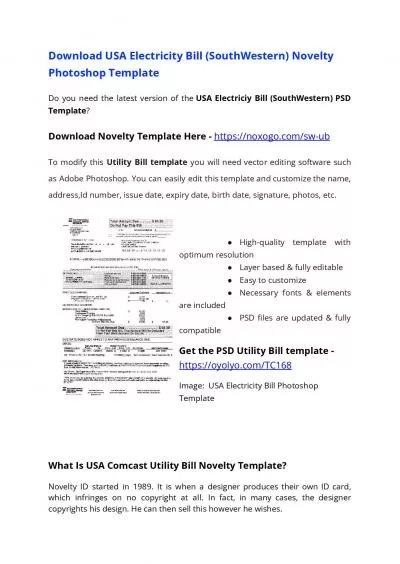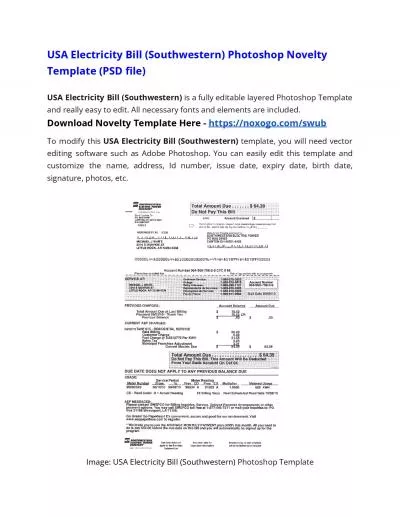PDF-UT Southwestern Medical Center
Author : isabella | Published Date : 2021-06-13
600 Zimmern P 1 Lee D 1 Dillon B 1 1 HARVESTING OF FASCIA LATA FOR PUBO VAGINAL SLING IN WOMEN Introduction Autologous fascia harvest for pubovaginal sling in
Presentation Embed Code
Download Presentation
Download Presentation The PPT/PDF document "UT Southwestern Medical Center" is the property of its rightful owner. Permission is granted to download and print the materials on this website for personal, non-commercial use only, and to display it on your personal computer provided you do not modify the materials and that you retain all copyright notices contained in the materials. By downloading content from our website, you accept the terms of this agreement.
UT Southwestern Medical Center: Transcript
Download Rules Of Document
"UT Southwestern Medical Center"The content belongs to its owner. You may download and print it for personal use, without modification, and keep all copyright notices. By downloading, you agree to these terms.
Related Documents

